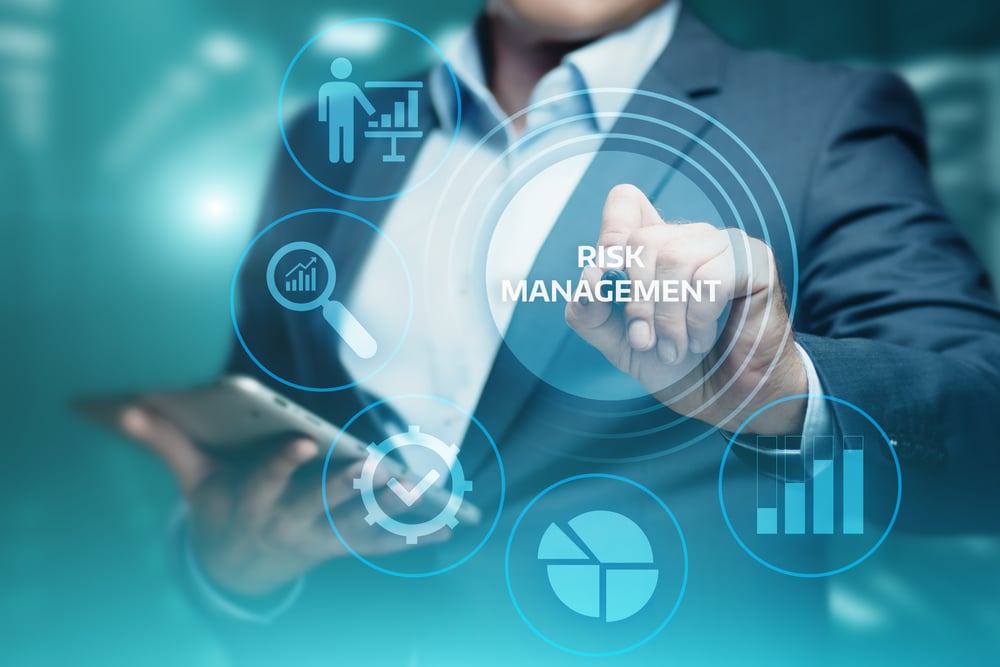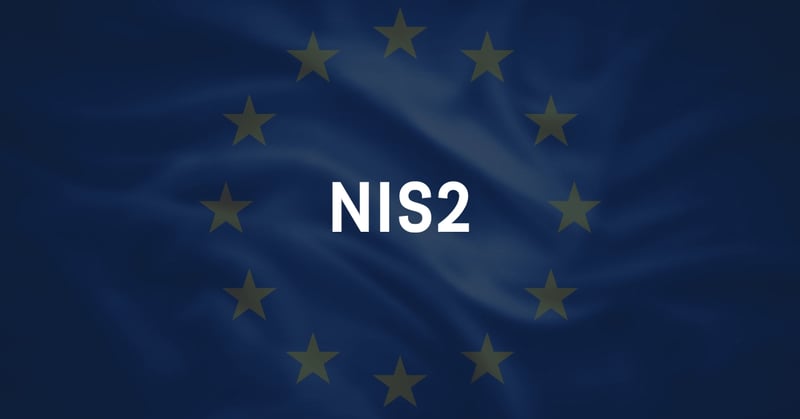Risk management requirements
Risk management is a crucial component of NIS and NIS2 compliance, providing a systematic and structured approach to identifying, analyzing, and managing risks associated with IT infrastructure. The European Union Agency for Cybersecurity (ENISA) specifically mentions vulnerability management as one of the ways to improve cyber security in the EU member states. Article 21 of the NIS2 Directive clearly states the requirements for risk management and risk assessments, as can be seen below.
Cyber security risk management measures
Article 21 of the NIS2 Directive summarizes the minimum measures entities under NIS2 must take. These measures clearly state the need for risk analysis and risk management.
Article 21 (2a)
Policies on risk analysis and information system security.
Article 21 (2f)
Policies and procedures to assess the effectiveness of cyber security risk management measures.
Why you need risk management
- Strengthen your cyber security defense proactively to avoid attacks.
- Create a foundation to implement NIS and NIS2 compliance.
- Create a systematic and continuous cyber security approach as required by NIS and NIS2.
- Be able to prove NIS and NIS2 compliance.

Download our
NIS2 Reference Guide
Why risk assessments are essential
Identification of vulnerabilities
Risk assessments help identify vulnerabilities in network and information systems. By conducting a thorough analysis, organizations can pinpoint weaknesses in their infrastructure, applications, and processes that malicious actors may exploit.
Understanding threats
A comprehensive risk assessment includes an analysis of potential threats that could compromise the confidentiality, integrity, or availability of information and systems. Understanding the threat landscape is essential for developing effective cyber security strategies.
Prioritization of security measures
Risk assessments prioritize security measures based on the level of risk associated with different assets and potential incidents. This allows organizations to allocate resources effectively and focus on addressing the most critical risks first.
Compliance with NIS & NIS2 requirements
The NIS directives and similar regulations often require organizations to assess and manage risks effectively. Conducting risk assessments helps demonstrate compliance with these legal and regulatory requirements.
Proactive risk management
Rather than reacting to incidents after they occur, risk assessments enable organizations to take a proactive approach to cyber security. By identifying and mitigating risks in advance, organizations can reduce the likelihood and impact of potential incidents.
Resource allocation
Limited resources, including financial and human resources, are common challenges in cyber security. Risk assessments help organizations allocate resources strategically, ensuring that investments are directed toward addressing the most significant risks.
Continuous improvement
Risk assessments are not a one-and-done activity, rather they are part of an ongoing risk management process. Regular assessments allow organizations to adapt to changes in their IT environment, emerging threats, and evolving technologies.
Security by design
The NIS and related cyber security frameworks emphasize the importance of a "security by design" approach. Risk assessments are integral to incorporating security considerations into the design and development of information systems and services.
Incident preparedness
Understanding and assessing risks contribute to better incident preparedness. Organizations that have identified and analyzed potential risks are better equipped to respond effectively in the event of a cyber security incident.
Demonstrating due diligence
By conducting risk assessments and implementing appropriate security measures, organizations demonstrate due diligence in safeguarding their networks and information systems. This can be important in legal and regulatory contexts.
We'll help you comply with the NIS2 Directive.
Get started today.
Getting you ready for NIS2 compliance

What is NIS2 & how will it affect your organization?
Under the NIS2 Directive, more entities and sectors will be required to take steps that will aid in improving cyber security in Europe. In addition to addressing supply chain security, NIS2 streamlines reporting obligations introduces stricter supervisory measures, and introduces more enforcement requirements.

How the NIS2 cyber security Directive will impact you
As part of this webinar, we will be joined by Anders Jonson, a cyber security expert and Senior Advisor at ENISA, who has been involved in the development of NIS2 for the EU.

NIS2 Reference Guide: Securing critical infrastructure
Our NIS2 Reference Guide is packed with essential insights and lays out actionable steps for organizations to take for compliance.

